Daily Tour
1 person
English
About this tour
Tibet, often referred to as the “Roof of the World,” is a region known for its breathtaking landscapes, ancient culture, and spiritual significance. Among its many wonders, Lhasa and Everest Base Camp stand out as iconic destinations that beckon adventurers and spiritual seekers alike. In this blog, we embark on a journey to discover the charm of Lhasa and the awe-inspiring heights of Everest Base Camp in Tibet.
Lhasa: The Heart of Tibet’s Spirituality and Culture Our adventure begins in Lhasa, the capital city of the Tibet Autonomous Region. Nestled in the Himalayas, Lhasa is a city that pulsates with the energy of Tibetan Buddhism, rich history, and unique cultural traditions.
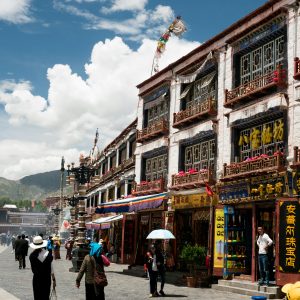
Potala Palace: Our first stop is the iconic Potala Palace, a UNESCO World Heritage Site and former winter residence of the Dalai Lama. This grand palace, perched atop Marpo Ri Hill, offers a captivating glimpse into Tibetan history, art, and spirituality. The intricate murals, golden stupas, and sacred chapels create an atmosphere of profound reverence.
Jokhang Temple: Next, we visit the Jokhang Temple, considered the holiest shrine in Tibet. This 7th-century temple is a testament to Tibetan craftsmanship, with its impressive architectural details and the sacred Jowo Shakyamuni statue. Pilgrims from all corners of Tibet converge here to offer prayers and seek spiritual solace.
Barkhor Street: Our journey through Lhasa wouldn’t be complete without strolling down Barkhor Street. This bustling market encircles the Jokhang Temple and is lined with traditional Tibetan shops, where you can immerse yourself in the vibrant local culture. Don’t forget to try some yak butter tea and shop for colorful Tibetan artifacts.
Everest Base Camp Tibet: Reaching New Heights Leaving the spiritual heart of Tibet, we set our sights on the world’s highest peak—Mount Everest. The journey to Everest Base Camp in Tibet is an adventure that promises stunning vistas, challenging terrain, and an unparalleled sense of accomplishment.
Lhasa to Everest Base Camp: Embarking on a scenic drive from Lhasa, we traverse the Tibetan Plateau, passing through quaint villages and vast landscapes. The journey itself is a visual feast, offering glimpses of snow-capped peaks, pristine lakes, and nomadic yak herders.
Rongbuk Monastery: As we approach Everest Base Camp, we stop at Rongbuk Monastery, the highest monastery in the world. Perched at an altitude of over 16,000 feet, this ancient monastery offers panoramic views of Everest. The spiritual aura of Rongbuk, combined with the majestic backdrop, creates a surreal experience.
Everest Base Camp: Finally, we arrive at Everest Base Camp, situated at an elevation of 17,600 feet. The air may be thin, but the sense of achievement is overwhelming. Standing in the shadow of the world’s highest peak, surrounded by the stark beauty of the Himalayas, is an experience that words can scarcely capture.
Is this Lhasa & Everest Basecamp Tibet dangerous?
Trekking to Everest Base Camp in Tibet is undoubtedly a challenging adventure that comes with certain risks and difficulties. It’s essential for travelers to be aware of the potential dangers and take necessary precautions. Here are some aspects to consider regarding the potential risks associated with the trek:
- Altitude Sickness:
One of the primary concerns is altitude sickness, which can occur at high elevations. Symptoms may include headaches, nausea, dizziness, and difficulty breathing. It’s crucial to acclimatize properly by taking rest days, staying hydrated, and ascending gradually. - Harsh Weather Conditions:
The weather in the Himalayas can be unpredictable and severe. Cold temperatures, high winds, and sudden changes in weather can pose risks, especially at higher altitudes. Proper clothing and gear are essential to stay warm and protected. - Challenging Terrain:
The trek involves navigating through challenging terrains, including rocky paths, steep ascents, and uneven surfaces. Proper footwear and trekking poles can help mitigate the risk of slips and falls. - Remote Location:
Everest Base Camp is located in a remote area with limited access to medical facilities. In case of emergencies, evacuation can be difficult. Travelers should have comprehensive travel insurance that covers high-altitude trekking and evacuation. - Physical Fitness:
The trek requires a good level of physical fitness. Trekkers should be prepared for long hours of walking at high altitudes. Training before the trek can enhance endurance and reduce the risk of fatigue. - Permit and Regulations:
It’s essential to obtain the necessary permits for the trek. Additionally, travelers should be aware of and adhere to local regulations and guidelines to ensure their safety and the preservation of the environment. - Risk of Avalanches:
In certain seasons, there may be a risk of avalanches, particularly in the higher regions. Trekkers should stay informed about weather conditions and follow the guidance of experienced guides.
To minimize these risks, it’s advisable to undertake the trek with a reputable trekking agency that provides experienced guides, follows safety protocols, and has a track record of managing treks in the region. Adequate preparation, proper gear, and a realistic assessment of one’s physical condition are crucial for a safe and enjoyable trek to Everest Base Camp in Tibet.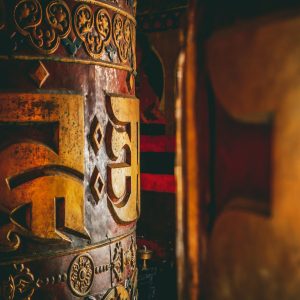
Why is this Lhasa & Everest Basecamp Tibet so rare?
The trek to Everest Base Camp in Tibet is less common than the more popular route to Everest Base Camp in Nepal, and there are several reasons for this relative rarity:
- Access Restrictions:
Tibet has historically been subject to strict regulations and access restrictions imposed by the Chinese government. Travelers to Tibet, including Everest Base Camp, need special permits, and the government tightly controls the flow of tourists into the region. - Political Sensitivity:
The political situation in Tibet has been a source of tension and sensitivity. The Chinese government’s control over the region has led to restrictions on travel, especially for independent travelers. Political considerations can impact the availability and ease of obtaining permits. - Limited Infrastructure:
Infrastructure in Tibet, including roadways and accommodations, may not be as developed as in Nepal. The remote and challenging terrain makes logistics more difficult, and the lack of infrastructure can limit the number of trekkers the region can accommodate. - High Altitude:
The trek to Everest Base Camp in Tibet involves higher altitudes than the Nepal route. The Tibetan Plateau is known for its extreme elevation, and the trek starts at a higher point. This adds to the physical challenges and may deter some trekkers. - Weather Conditions:
The weather in Tibet can be harsh and unpredictable, with extremely cold temperatures and high winds. This can make trekking conditions more challenging compared to the Nepal route. - Limited Tourism Promotion:
The tourism industry in Tibet is not as extensively promoted as in Nepal. The Nepal side of Everest is more widely recognized and marketed globally, drawing a larger number of trekkers. - Cultural and Religious Factors:
The cultural and religious significance of Tibet may also contribute to the region being perceived as more remote or spiritually oriented. This can attract a specific type of traveler and may not be as appealing to those seeking a more mainstream trekking experience. - Travel Costs:
The costs associated with traveling to Tibet, obtaining permits, and arranging a trek can be relatively higher compared to the Nepal route. This can be a deterrent for budget-conscious travelers.
Despite these factors, the trek to Everest Base Camp in Tibet offers a unique and spiritually enriching experience for those who seek a less-traveled path. The allure of Tibetan culture, the stunning landscapes, and the opportunity to stand beneath the towering peaks of the Himalayas make it a rare and rewarding adventure for those willing to navigate the challenges associated with the journey.
A journey to Lhasa and Everest Base Camp in Tibet is a testament to the resilience of both the human spirit and the natural world. The rich tapestry of Tibetan culture and the awe-inspiring heights of Everest create memories that linger long after the adventure concludes. Whether you seek spiritual enlightenment, cultural immersion, or simply the thrill of conquering Everest’s base, this tour offers an unforgettable experience in the heart of the majestic Himalayas.
Important note: The journey to Tibet especially from Kathmandu should be aware of the Visa process duration. The processing time for a Tibet Group Visa (TGV) at the Embassy of China in Kathmandu is typically 3-4 working days and your biometric information along with your original passport copy is required to process the visa. Hence, it is essential for you to arrive in Kathmandu at least three to four working days before the trip commences. During your free time, you may consider taking a short hike or exploring the city of Kathmandu.
Please Follow Us For more Updates :
Website : Base Camp Trip
Included/Excluded
- Visa Fee US$:-125 (If American and Canadian Passport Holder extra US$:-90.00)
- 3 Nights Accomodation twin shared room in Kathmandu as per Itinerary
- All Accomodation in Standard Hotel and Guest House in Tibet as per Itinerary
- Transportation by Van/Bus during Tibet Tour
- Tibet Travel Permit
- English speaking Tibetan & Nepali Guide.
- Entrance Fee at sightseeing spot in Kathmandu
- All entrance Fee for Lhasa tour
- Breakfast, Lunch, Dinner as per Itinerary
- Airport Pick up in Kathmandu & Lhasa
- International Flight to Nepal
- Nepal Visa
- Travel Insurance
- Extra Accomodation in Kathmandu
- Meals out of Itinerary and other personal expenses which are not mentioned in the “include”
- Tip for Guide
Itinerary
Your will be picked up by our company staff at Tribhuvan International airport kathmandu and we will drop you at hotel for rest. Overnite in Kathmandu
Today we will process your Tibet Visa and Permit to the China Embassy Office in Kathmandu. Your Original Passport is needed. While waiting for the process, you will be accompanied by our Nepali Tour Guide to do Kathmandu Sightseeing. Visiting Bouddanath Stupa, Swoyambunath Stupa, Pasupatinath Temple in Kathmandu. Overnite in Kathmandu
Your Tibet Visa and Permit is still being in process and hopefully finalised. Kathmandu Sightseeing still continue.Visiting Bhaktapur Durbar Square
Upon your arrival in Lhasa, our Tibetan guide will be greeting you at airport or train station with auspicious white Hada. Then you will be transferred to hotels in Lhasa. The guide will briefly introduce the itineraries and remind you about other dos and dont's for newcomers. To quickly get acclimatized to Tibetan plateau, it’s better to have a good rest in the hotel. Stay overnight in Lhasa.
Our first stop is to visit the Potala Palace, the UNESCO world heritage site and the winter palace of the Dalai Lama. Walking slowly along the long stone steps to the White and Red Palaces, you can explore the former residence of Dalai Lama and his meeting room and religious chamber. You can see the gilded burial stupas of past Dalai Lamas and meditation Cave of the 33rd great king of Tibet. A bird's-eye view of Lhasa city and Lhasa valley from the top of Potala Palace will take your breath away. After we have lunch and then we will head to holy Jokhang Temple. It's the most sacred Buddhist site in Tibet.Outside the temple, you will witness pious Tibetan pilgrims, young and old, prostrating themselves in front of Jokhang and long lines of Tibetans following the Barkhor circuit. Inside, traveling in dim butter light, you can see the statue of Buddha Sakyamuni at the age of twelve, perhaps the single most venerated object in Tibet Buddhism. You may reach the top of Jokhang Temple to enjoy the panorama of old Lhasa city and great vista of Potala Palace.Then we may do the kora by circling the Barkhor Street with pilgrims and locals and buy some souvenirs. Never miss the chance to enjoy the tasty sweet tea in local tea house and visit Tromzikhang , the famous farm produce market. Stay overnight in Lhasa
In the morning, we are going to visit Drepung monastery which was the largest of the "Three Great ” Gelug monasteries in Tibet founded in 1416 by Jamyang choge, one of the Tsongkhapa's main disciples. As you hike along the mountain steps, you can see mysterious Buddhist painting on the rock face. During Shoton Festival, locals swarm to Drepung Monastery to enjoy the gigantic Thangka Buddha being unfolded on the Gambo Utse mountain. Then we will stop by the nearby carpet factory, where you can enjoy the Tibetan artisans make traditional carpets with great skills. After having lunch, we will head to Sera Monastery. It's also one of the must-visit Gelugpa monasteries in Lhasa. The highlight is the vibrant Monks debate at around 3 - 5 in the afternoon. By yelling at each other, slapping hands and rolling mala, two monks make a pair to debate on philosophical issues. We may also enjoy the delicately-made Mandala, Tibetan sanding painting and massive Buddhist scriptures, etc. inside Sera Monastery. Stay overnight in Lhasa.
Today, we will drive from Lhasa to Shigatse. On the way, passing over the Gampala pass (4790 m), you will have a glimpse of Yamdrok-tso (4400m) .The Lake is surrounded by many snow-capped mountains and in the distance, you have spectacular views of Holy Mount Nyenchen Khangsar, (7191m) the highest mountain near Lhasa. Later, we will pass and enjoy the Karola Glacier on the roadside; At Manak Dam Lake, you can hang pray flag at Simila Mountain Pass; Gyantse was historically known as the Tibet's third largest city (after Lhasa and Shigatse). In Gyantse, we will visit the famous Pelkor Monastery and Nepali-style Kumbum stupa. The Kumbum has nine floors and each tier has unique chapels. It is considered the largest stupa in Tibet. Stay overnight in Gyantse
In the Morning, we drive towards Shigatse. In Shigatse, you will visit the famous Tashi Lhunpo monastery where you can see the well-preserved largest statue of Jampa (future Buddha) in the world. This monastery is the seat of Tibet's second highest incarnation, the Panchen Lama. In the afternoon we drive to the Sakya County where tourists can visit the famous Sakya monastery. It was founded in 1073 and was the principal monastery of the Sakya sect of Tibetan Buddhism. Sakya monastery has an invaluable collection of sacred Buddhist scripts. It’s a treasure house of Tibetan Buddhism and Tibetan culture and history. Stay overnight in Sakya
The distance between Sakya to Rongpuk is neither too long nor short, and the road is under construction. From Tingri to E.B.C, the team has to drive on the rough road, pass the wild grassland and cross the torrent and lofty mountains. If the weather is fine, on the way down to shegar you will view the Mt, Everest in the distance. After around 4 hours' drive, then you will arrive at Rongbuk monastery but on the way, you will pass the famous Gawu La Pass (5198m) where you will view the top 4 highest peaks in the world. Try not to drop you jaw upon seeing awe-inspiring Mount Everest at Everst Base Camp(5200m). Tips: Our well-trained Tibetan guides will closely follow each client's response to altitude ascent and provide timely help when needed. Stay overnight at Rongpuk Guest House or Tent.
In the morning, you can see the sunrise appearing on the top of Mt Everest, and have a full view the magnificent Mt. Everest standing like a snow-capped pyramid in front of you at Rongpuk, which is the vantage point for watching Mt. Everest. Tourists can also tour Rongphu Monastery which is the highest monastery in the world (5000m) and belongs to Nyingma sect. After that, drive to Saga. Stay overnight in Saga
Today, we will drive from Saga back to Kerung, the Border Valley to reach Nepal. Overnite in Kerung
Today, we will drive Kerung the Tibet Boarder . Kerung is last Tibetan town facilitated with hotels, restaurants and bars. Nepalese and Tibetan Himalayan rages are scenic today from on the way driving. Overnite in Kerung


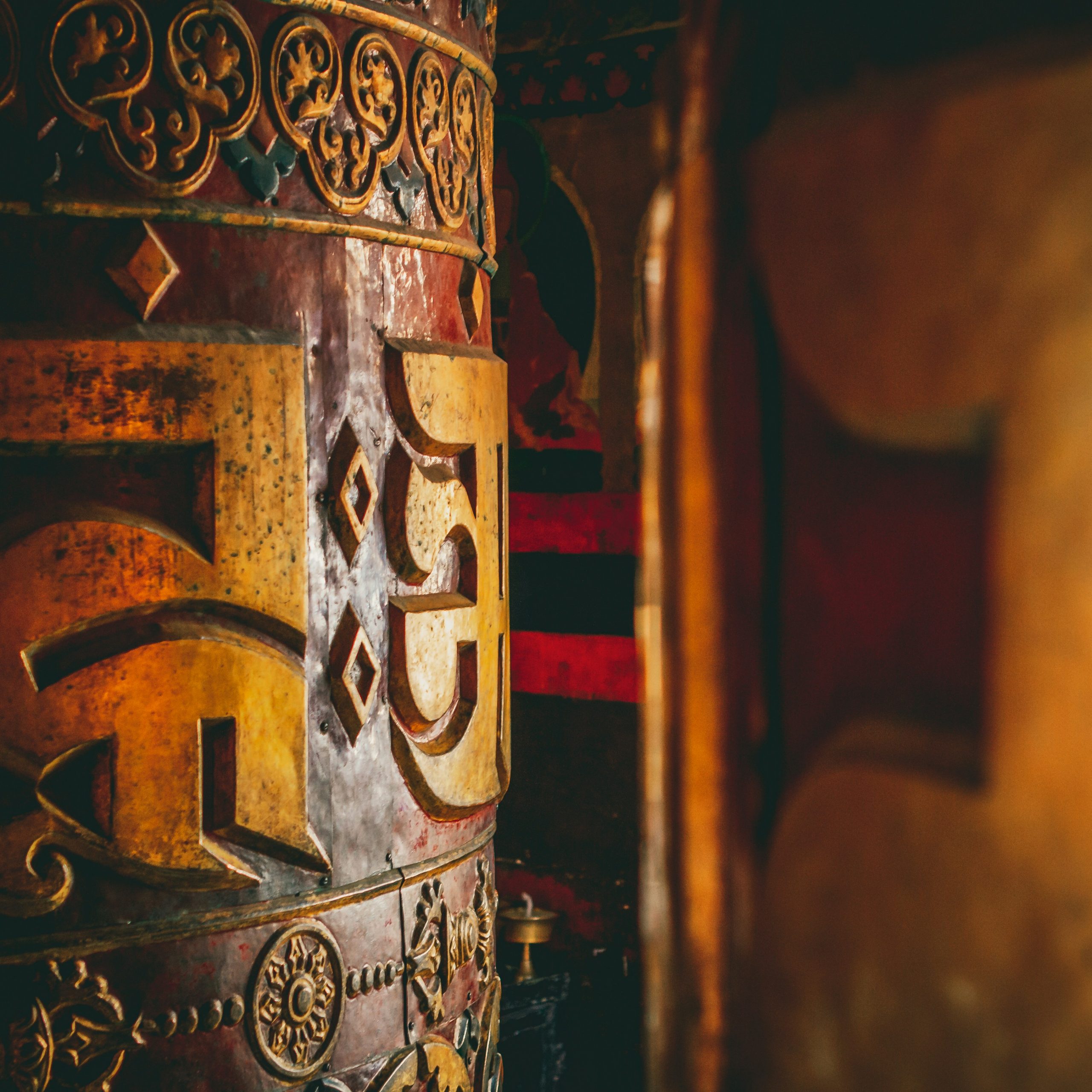

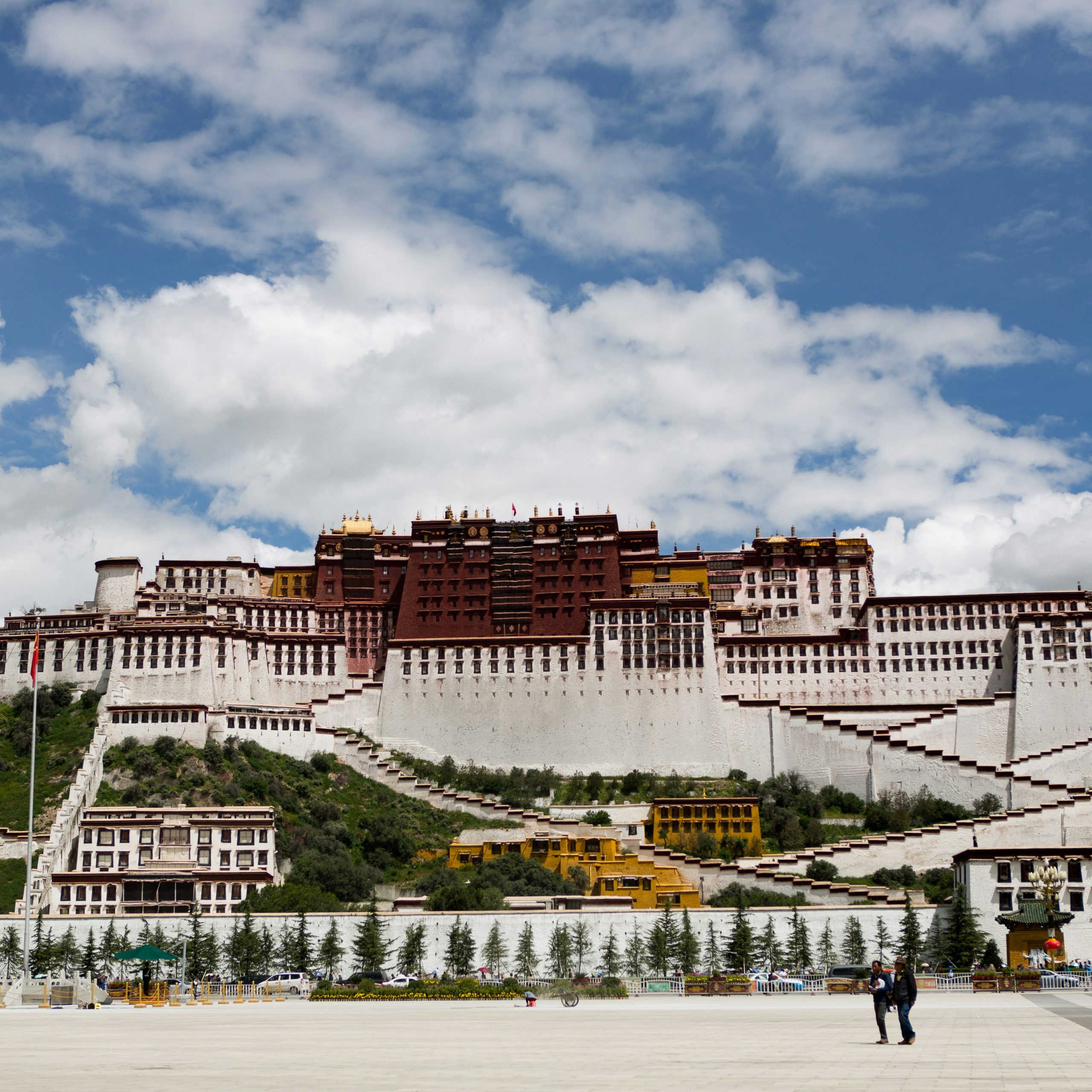
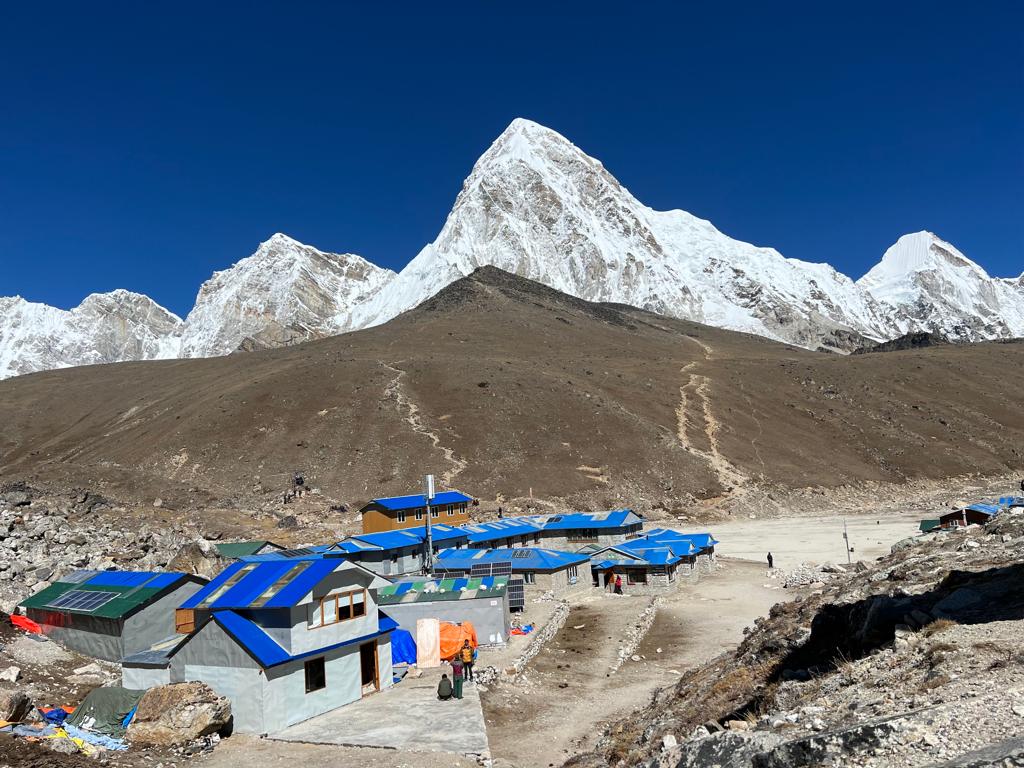

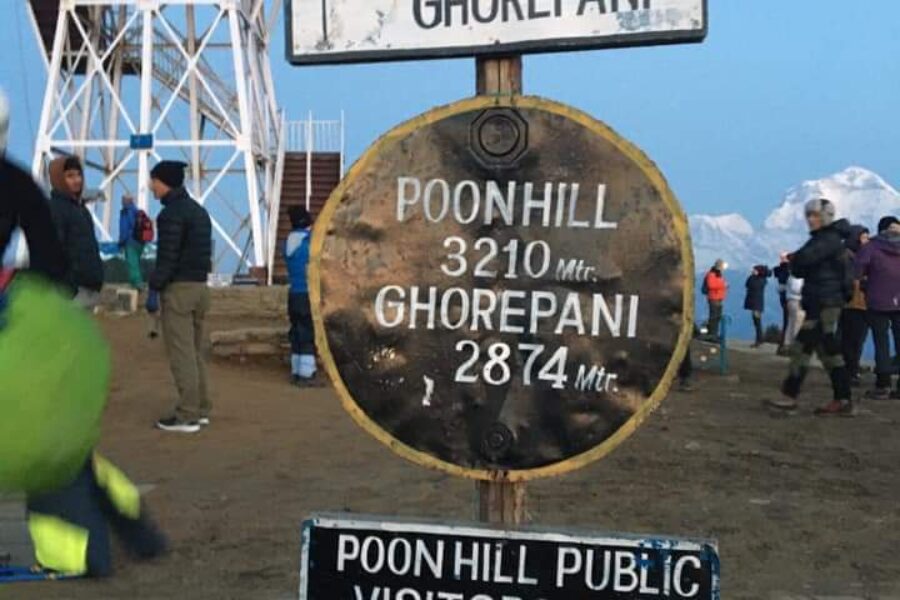
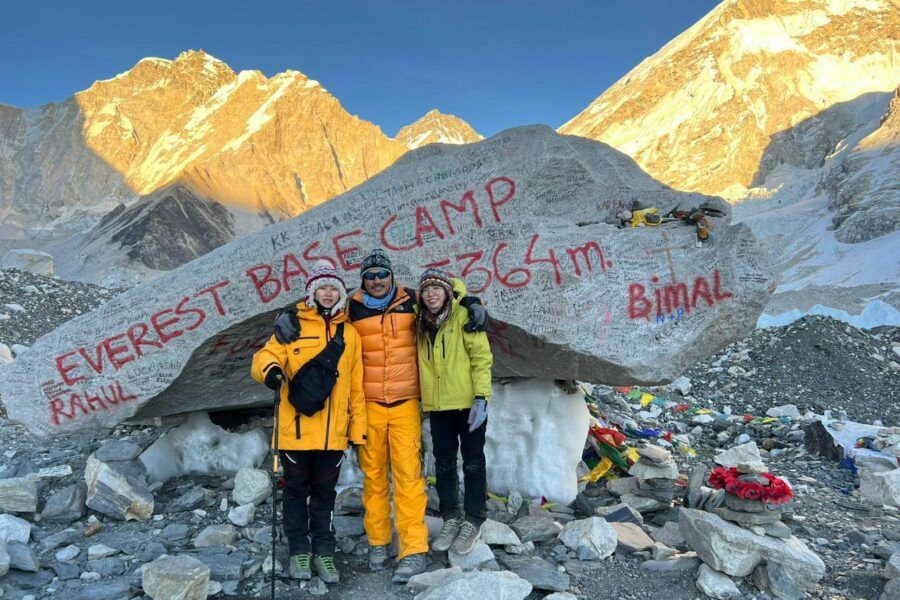
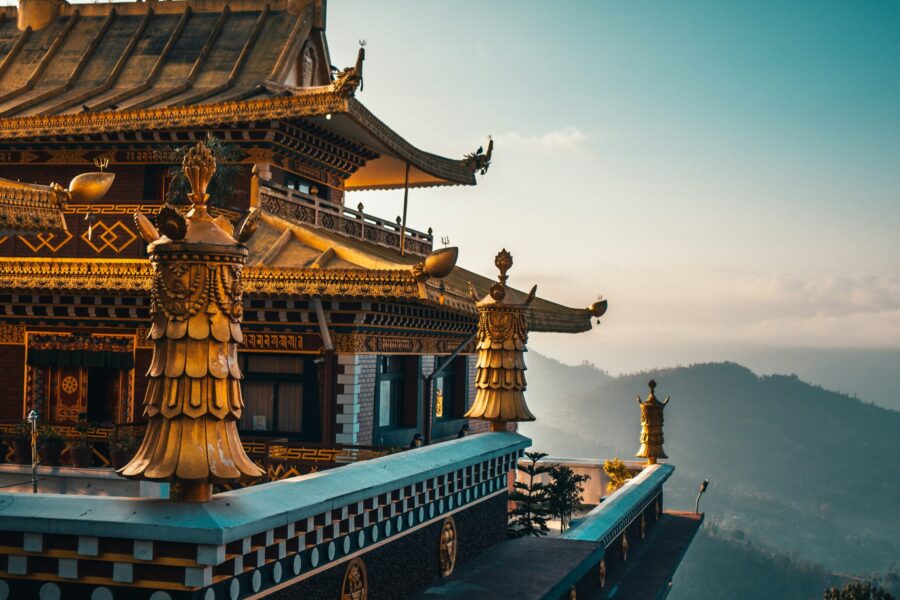

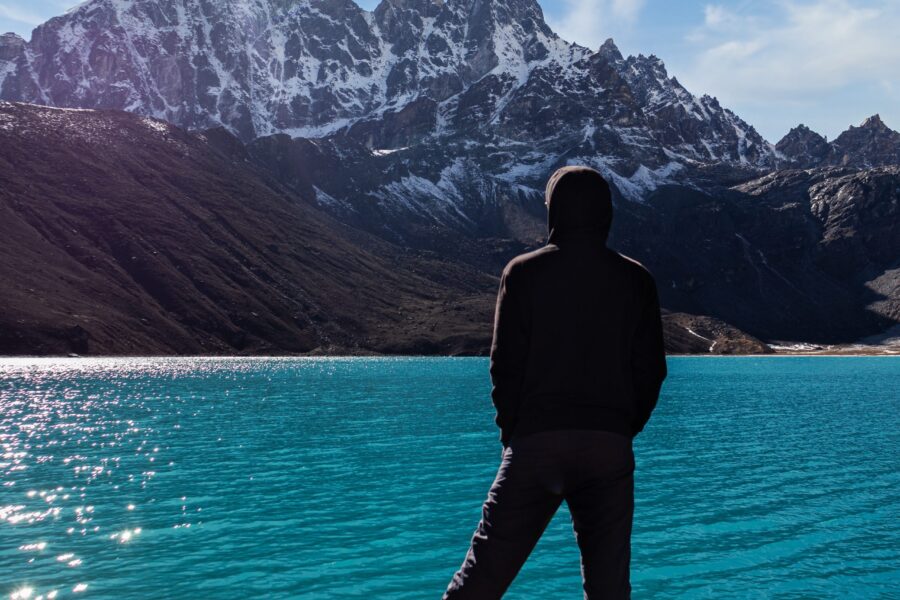
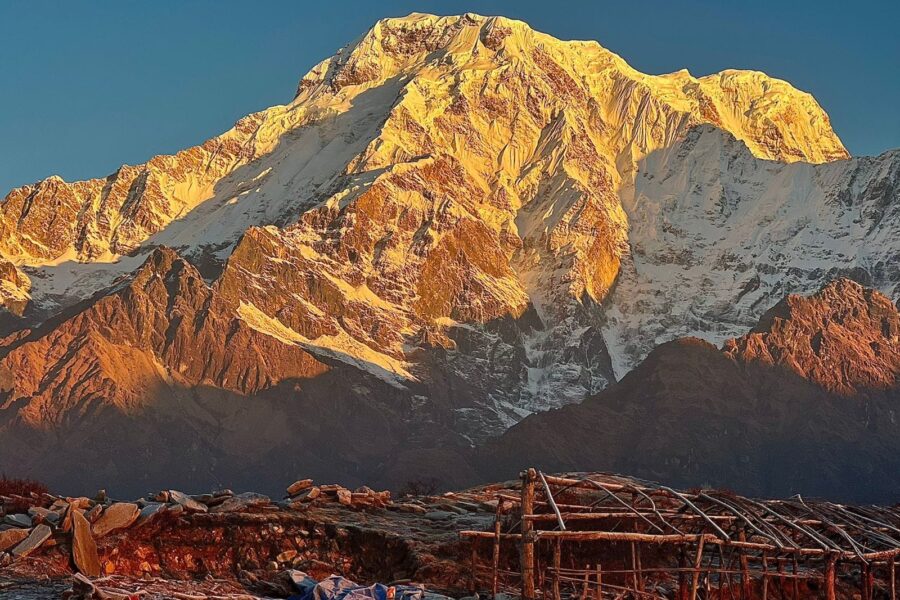

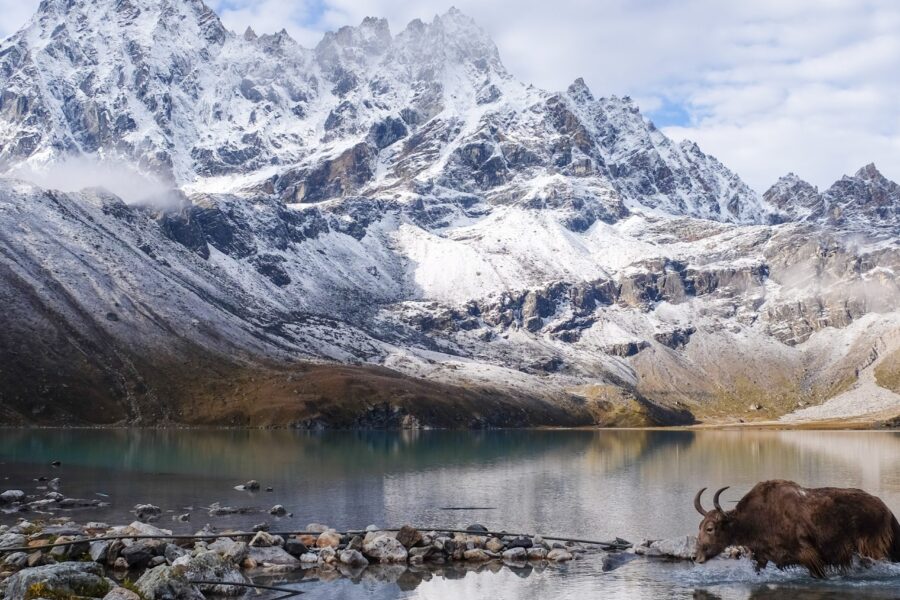
Leave a review